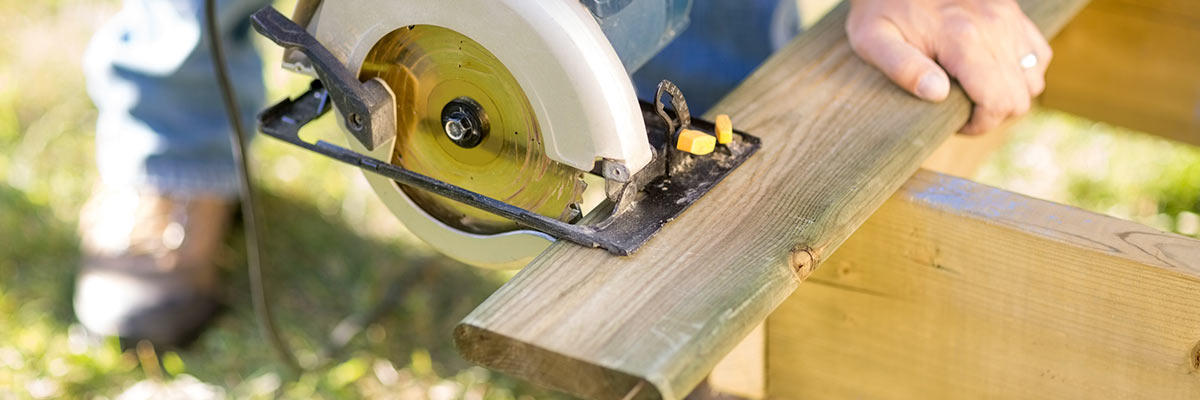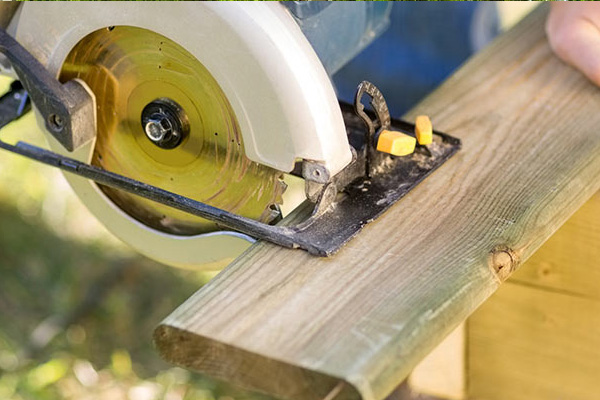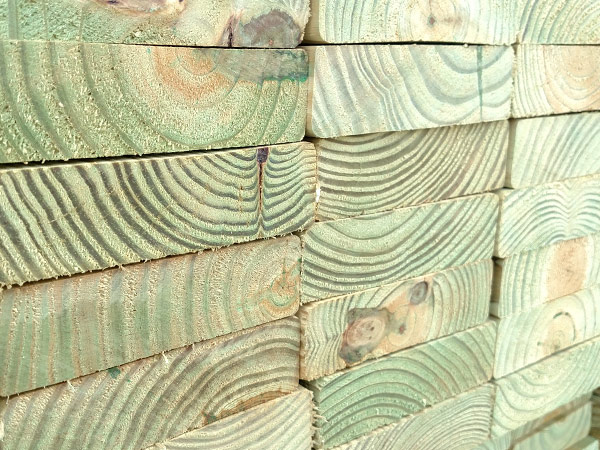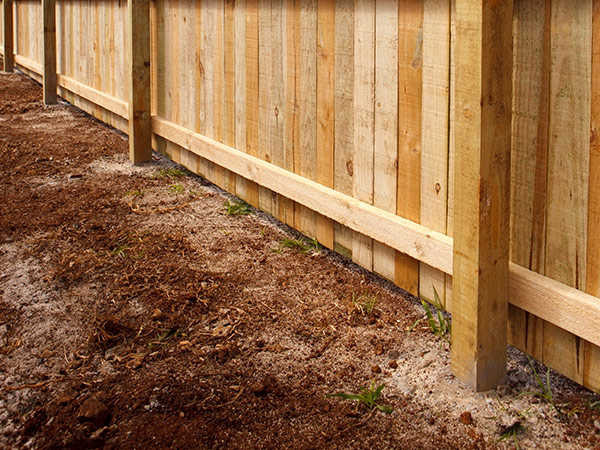

Pressure Treated Wood from Our Lumberyard
Pressure treated wood is one of the best options for outdoor projects. Yet, even within this type there isn't a one-size-fits-all solution. When planning a build, you’ll need to determine what type of treated lumber to buy and where to use it. Should you choose Ground Contact or Above Ground rated lumber? We'll help you figure out what you need — and whether pressure treated wood is right for your project.
What is Pressure Treated Wood? Is it Available at a Lumberyard Near Me?
Pressure treated wood is lumber that's been infused with a solution of water and chemicals to make it resistant to rot and insects. The chemicals used to treat the pressure treated wood sold at McCoy’s include copper, a natural element, and a small amount of tebuconazole, a fungicide. This combination is called MCA.
The wood is treated by sealing it in a chamber. Then, the air is sucked out of the chamber to create a vacuum. A solution including water and certain chemicals is added under pressure to force the solution into the wood. The solution is then vacuumed out again and the treated wood is left to dry.

Yellow pine and Douglas fir are among the most common types of wood used in this process and are widely avialable. Other natural woods like teak, mahogany, and red cedar, are naturally rot- and insect-resistant and don’t need to be treated. However, they tend to be far more expensive than pressure treated wood and can be difficult to find at local lumber companies.
Types of Pressure Treated Wood
Pressure treated wood is divided into two groups: Above Ground and Ground Contact.

Above Ground Rated Pressure Treated Wood
Ground Contact lumber is intended for any use at least 6” above the ground. That's the final grade, or level, after landscaping. This type of treated wood is used in places with good air circulation, water drainage, and limited contact with plants or leaf litter. Spindles, railings, and balusters are examples of places where Above Ground Rated Lumber is a good choice.

Ground Contact Pressure Treated Wood
Lumber that’s pressure treated for Ground Contact is anything that is within 6’’ of the ground. Any application this close to the ground or touching the ground has a risk of prolonged exposure to ground moisture, fungus, and insects, so it requires a higher resistance to the elements and pests.

It’s also important to use Ground Contact lumber for components that would be difficult to maintain, repair, or replace and are critical to the performance and safety of the structure, no matter the distance above the ground. Ground Contact lumber should be used for decking, posts, stringers, beams, ledgers, and joists.
Fortunately, ALL 2x6 and greater dimensional pine lumber at McCoy’s Building Supply is treated for Ground Contact. This means it has almost twice the concentration of preservatives as Above Ground Rated treated wood, ensuring the lumber in your project will be durable and long-lasting.
Is Pressure Treated Wood Safe?
You may have heard that pressure treated lumber is preserved with arsenic, a poison that can leach out into your environment. Years ago, that may have been true. However, at McCoy’s, the pressure treated lumber is high quality and treated with an environmentally preferred MCA preservative (Micronized Copper Azole).
And if you’re nervous about buying treated wood that’s been infused with chemicals, worry not. Micronized Copper Azole is the recipient of an Environmentally Preferred Product designation from Scientific Certification Systems. MCA lumber preservatives are registered with the EPA and provide long-lasting, clean-to-the-touch protection against rot, fungal decay, and termite attack. This treated wood has no objectionable odor and can be easily painted or stained.
It can safely be used around animals and plants, so it's great for raised garden beds. Additionally, the pressure treated wood at McCoy's is not only approved for outdoor projects on land, it's also approved for use in fresh water, such as for docks.
How Can I Tell What's in the Wood?
Check the label on the end of the board -- the higher the chemical retention level, the more rot-resistant the board. You can learn more about Micronized Copper Azole from this resource. The end tag will also tell you who manufactured the lumber and any warranty terms.
What Fasteners Should I Use?
Depending on the treatment level of your lumber, you’ll want to use connectors and fasteners manufactured to prevent corrosion and staining. It’s important to choose hot-dip galvanized, stainless, or other fasteners as required by local building codes. Choose a fastener with a minimum G-185 coating for Ground Contact applications. The thicker the zinc layer, the better!
It’s best not to mix and match metals and coatings. You don’t want different metals to start their own corrosive reactions.
Build It Now, Enjoy It for Years
Depending on the application, treated wood can easily last for decades. Whether you're building a simple bench, an elegant gazebo, or a wrap-around deck, selecting the high-quality pressure treated lumber available at McCoy's will help you create an outdoor build you'll be proud of for a long time to come. Stop by our full-service lumberyard where it's easy to pick up all your building materials and get started today.

